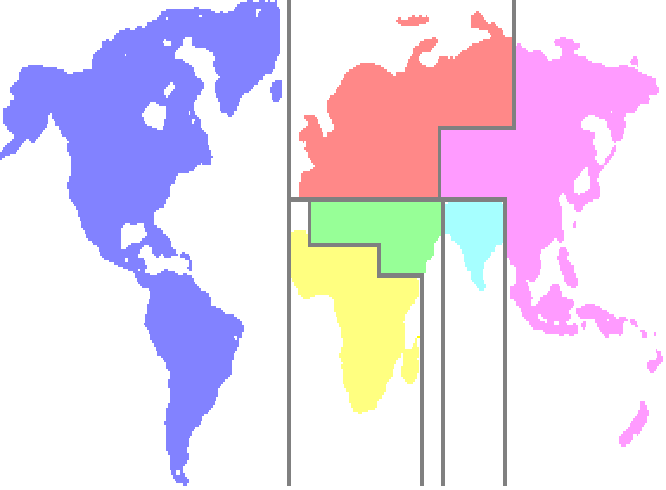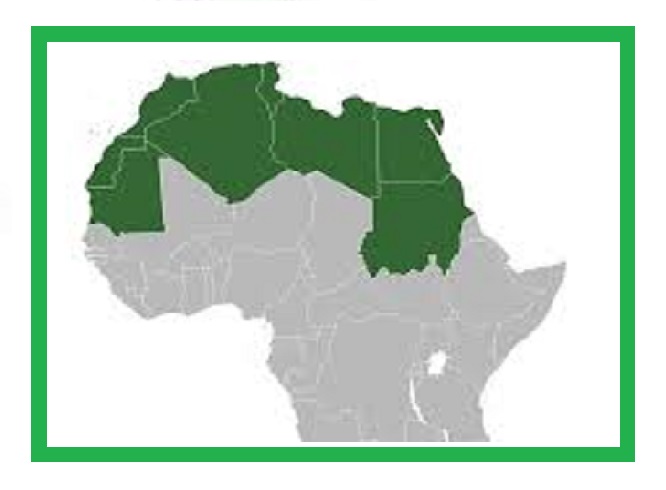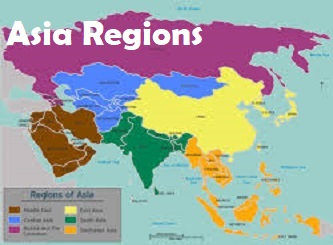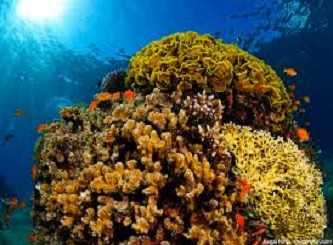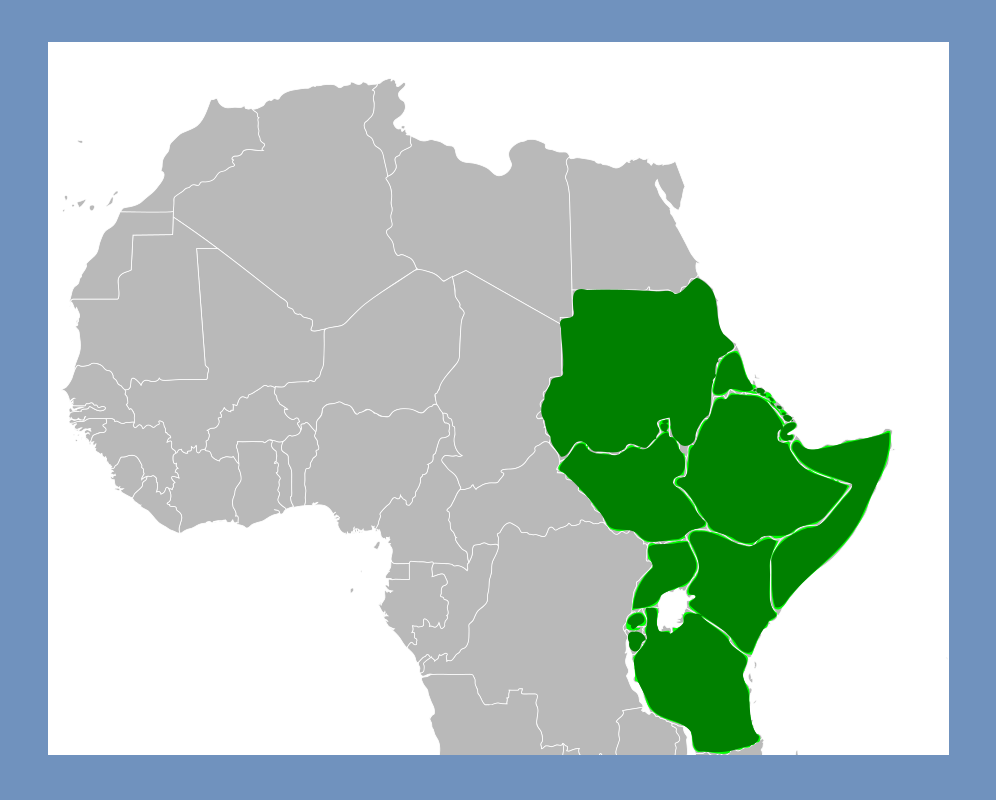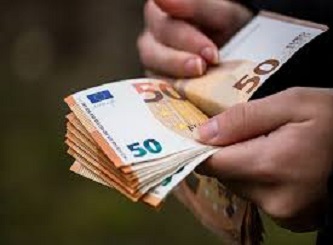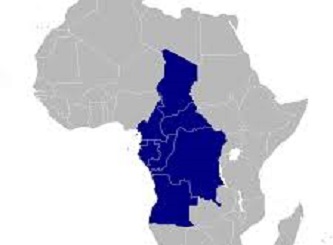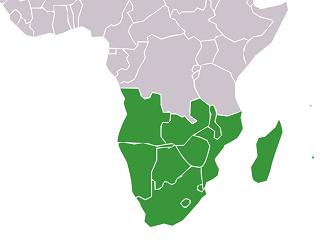Goobee and Shinooyyee Festival

Mekki Center for African Affairs Thaks:
Institute of Oromo studies and Journalist Zinabu Asrat
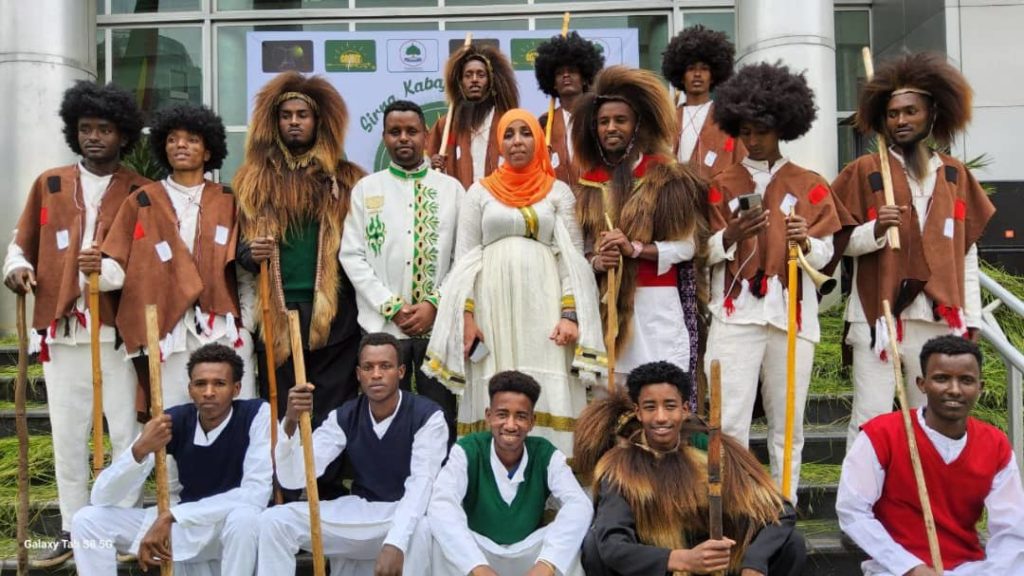
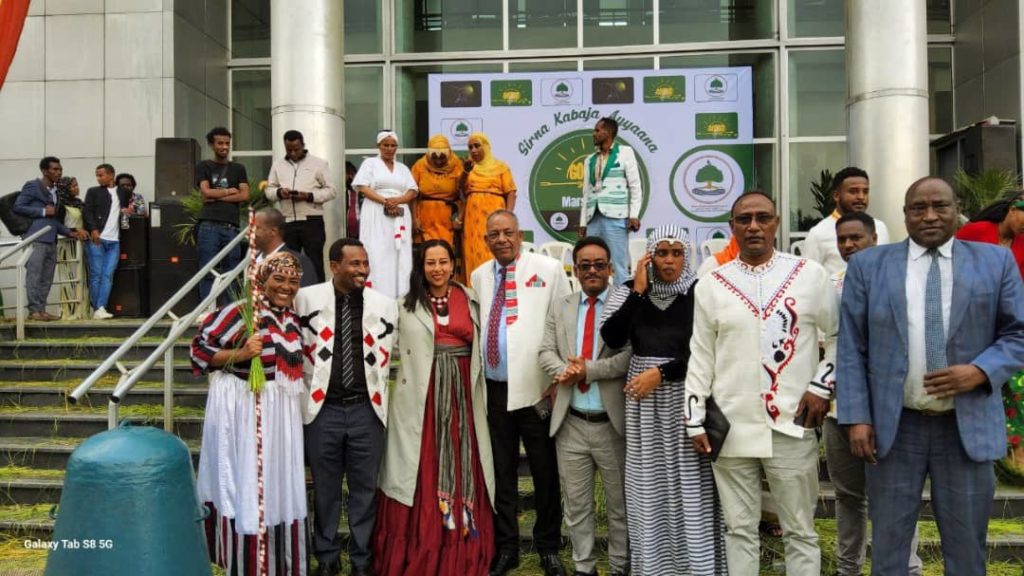
The Oromo people have many fascinating cultural festivals celebrated in an open space. One among others is the festival held on the eve or dwan of Birraa, literally a new year for Oromo. During this time people who meet each other say, “Baga ganna nagaan baatanii booqaa birraa argitan.” It means, Good that the rainy season is over for you and that you came to see the spot of the sunny flowering season.” The expression signifies the beginning of a new year according to Oromo time reckoning. All members of the society repeatedly say this exchange of goodwill and wishes in a lovish manner. The eve of the Oromo New Year celebration begins in the middle of August.There is a festival called Gubaa Mijiri. Mijirii is the place where Gubaa lights take place. The guba celebration includes the burning of a large bonfire, based on the belief that good things are awaiting in the future. After adding dhibayyuu, the bonfire was lit and burned. Then the attending people round and dance with joy. According to local traditions, guba takes place during the night. The burning and the light siginfies the end of the dark winter season and herald the New Year.
Shinooyyee/Qaammee/Illee the Festival of Young Oromo Girls
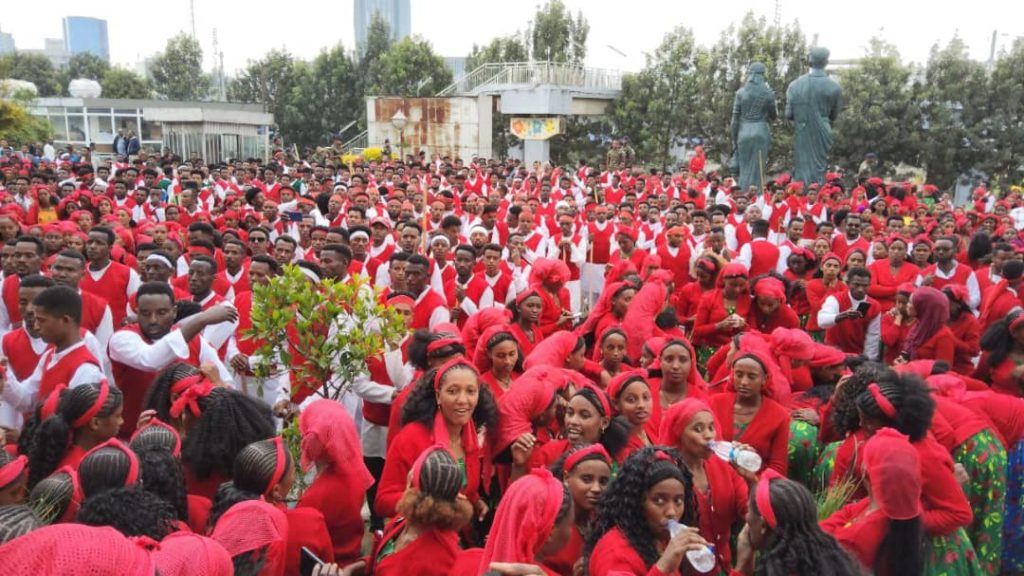
Shinooyyee is a unique festival celebrated by young girls who are not married. This festival is famous in central Oromiya among the Tulama Oromo surrounding Finfinnee and its visinity. The celebration begins during the last week of August. The festivity marks the end of the rainy season and heralds the dawn of Birraa/Autman. The festival reflects the change in girls status in society. The name of the festival, Shinoyyee, comes from the name of a beautiful grass and flower that symbolizes beauty. The feast gives a great opportunity for young girls to plait their hair in fantastic styles and to dress up and decorate with ornaments of their choice. They chant, sing, and dance with friends and peers for up to 3 weeks. They chant songs and show off their dance styles to their hearts content, attired in eye-catching costumes.
The celebration is to manifest the upcoming of the New Year. September is the time of the New Year when crops are ripe, the smell of flowers is mild, the floods and rivers are reduced and green grass and flowers cover the land. The festivity strengthens the relationship of the girls. It is a time when girls of the village get absolute freedom to enjoy outside of their family’s home. It is the time when girls buy new clothes, make shurrubba, and collect the grass named qunni/alladduu from fields. After they uproted the qunni, they carried it and move to the houses of their neighbors, dancing and chanting and give the in the form of gift. In return, they get food and coin. The householders give them food and smear them butter. They bless the abba warraa by saying, kan baranaan geessan kan bara egereen isiin haa gahu.They collect butter from each house and gather it at a selected place. Then later on, they anoint their wadaja literary called boyfriend, which is the known culture especially the northern Shawa region of Oromiya. On these days, the girls are free to enjoy their wadaja. They select their future husband and express their love. Shinooyyee/Aseesaa is a great festival full of memories. They sing very beautiful songs that attract the sense of listeners and spectators. They preach peace, tolerance, unity, prosperity, tranquility, hope, and purity in a group set up according to their age and locality.
Parents know this is their time, and they let them free of any household work. There is a unique carnival atmosphere as the groups of girls walk throughout the village and town, circling and dancing around the house and men they encounter, asking for food and drink. Giving them drink, food, and other things is believed to be getting an extra-ordinary blessing from God. Shinooyyee holds an important social event in girls aspiration for peace, prosperity, abundance, fertility, and a hope for the renewal of a new social life.
Ayyana goobee/Goobee festival
Goobee is a song of young boys that heralds the eve of Birra and that marks the arrival of the Irreecha Thanksgiving festival. Gobee is the the song of young boys during they welcome Birraa season. Goobee is well known in North Shewa of Oromia Regional National State. It is a type of song sang by youth to envoy good hope, goodwill, fraternity, coordination, and reconciliation among human beings. The message of their song is simply a wish for a new year, prosperity for the alive and worshiping mercy for the dead. Traditionally, Goobee is played during the night. The word goobee is translated as strong and fit young boys. The youths of the neighborhood gather in the evening to dance and chant and express their happiness.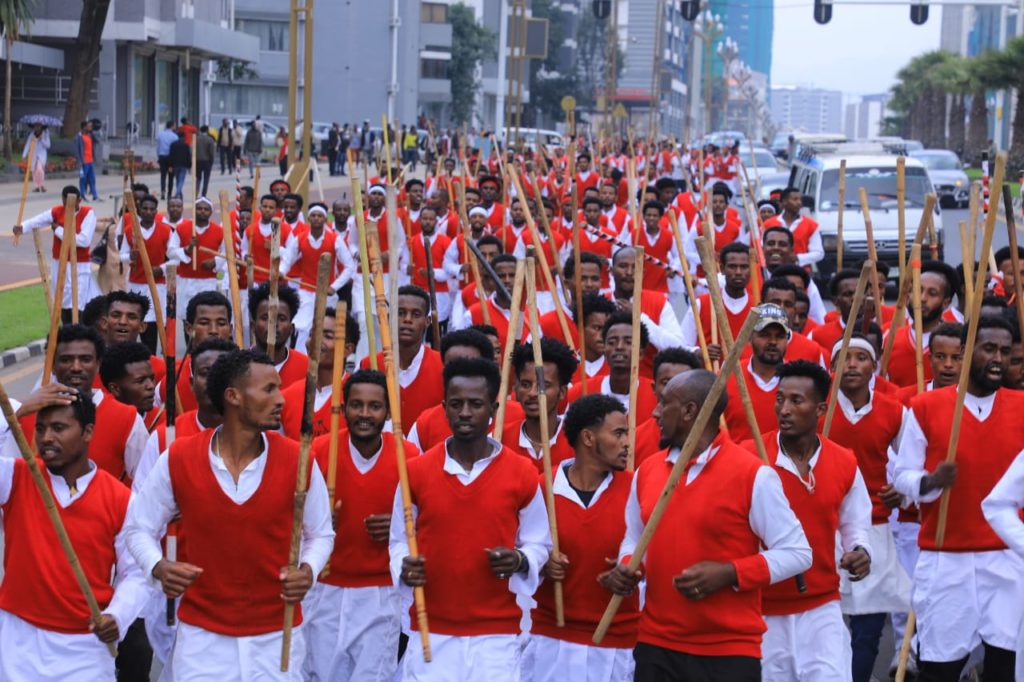
Goobee is a stage at which the power, skills, knowledge and strength of youth are measured.They move house to house, chanting and dancing, and ask for money and foods to eat. When they are provided with food and money, they give the family member green grass, which is the symbol of fertility, prosperity and abundance. They praise and bless in the name of God husband and wife, cattle, women, and children and wish them goodwill. Recently, the two historic festivals Goobee and Shinooyyee are now promoted to the state of national festivity and celebrated both at the countryside and in different big cities ncluding Finfinnee/Addis Ababa the capital city Oromia National Regional State with warm and colorfull ceremony. The time when this festival is celebrated is a transitional period from the dark and rainy season to the sunny and dry season of Atuman and the month of September. September is the most respected and unique month in Oromo culture because it is when the seeds sowed in the winter begin blossoming, flowering, and giving fruits and seeds.
These to siginificant festivals bridge to the colorfully celebrated Irreecha festival at Hora Finfinne and Hora Arsadee at national level. The elders of Oromo and the people, keeping fresh grass and flowers, perform their prayers and thank their God for going to the sea or a riverbank. They move to the top of mountains or banks of seas or rivers not to worship the mountains, rivers, or seas but rather to distract themselves from any noise and to give thanks and worship their God (Waqaa) with concentration. They go to the sea and rivers carrying green grass and flowers because they believe that water bodies are holy and peaceful places where the spirit of God manifests. In the Oromo culture, the rainy season is considered the symbol of darkness. At the beginning of September, the darkness is gone, rivers run shallower and cleaner, and the mud is gone. As sunshine rules the land, the Oromo people of Ethiopia go out to celebrate this great natural cycle with the spirit of worshiping God (Waqa).
Irrecha promote justice, equality, love, unity and reconciliation. Irreechaa, with its celebration of unity and love, has the potential to contribute significantly to national consensus in Ethiopia. Irreechaa brings people from various ethnic backgrounds together. Not just Oromos, but people from different region even from foreign guests are also participants of this great festival. This inclusivity creates a space where diverse cultures and differenta human races are gathered, different perspectives can be shared, and different communities can engage in meaningful relationships. It offers a platform for open discussions, understanding, and forgiveness. By facilitating conversations and fostering a spirit of reconciliation, Irreechaa can contribute to healing societal divisions and building bridges between different groups. The day also serves as a platform for cultural exchange and understanding. People from different backgrounds have the chance to experience Oromo traditions, customs, and values. This exposure promotes empathy, respect, and appreciation for diverse cultures, fostering a sense of unity and shared identity. Through this cultural exchange, national dialogue can be enriched, and a sense of national consensus can be developed.
Our Culture is Our Unifying Platform!
Happy Shinooyyee, Goobee and Irreechaa Festival of 20
17/2024










